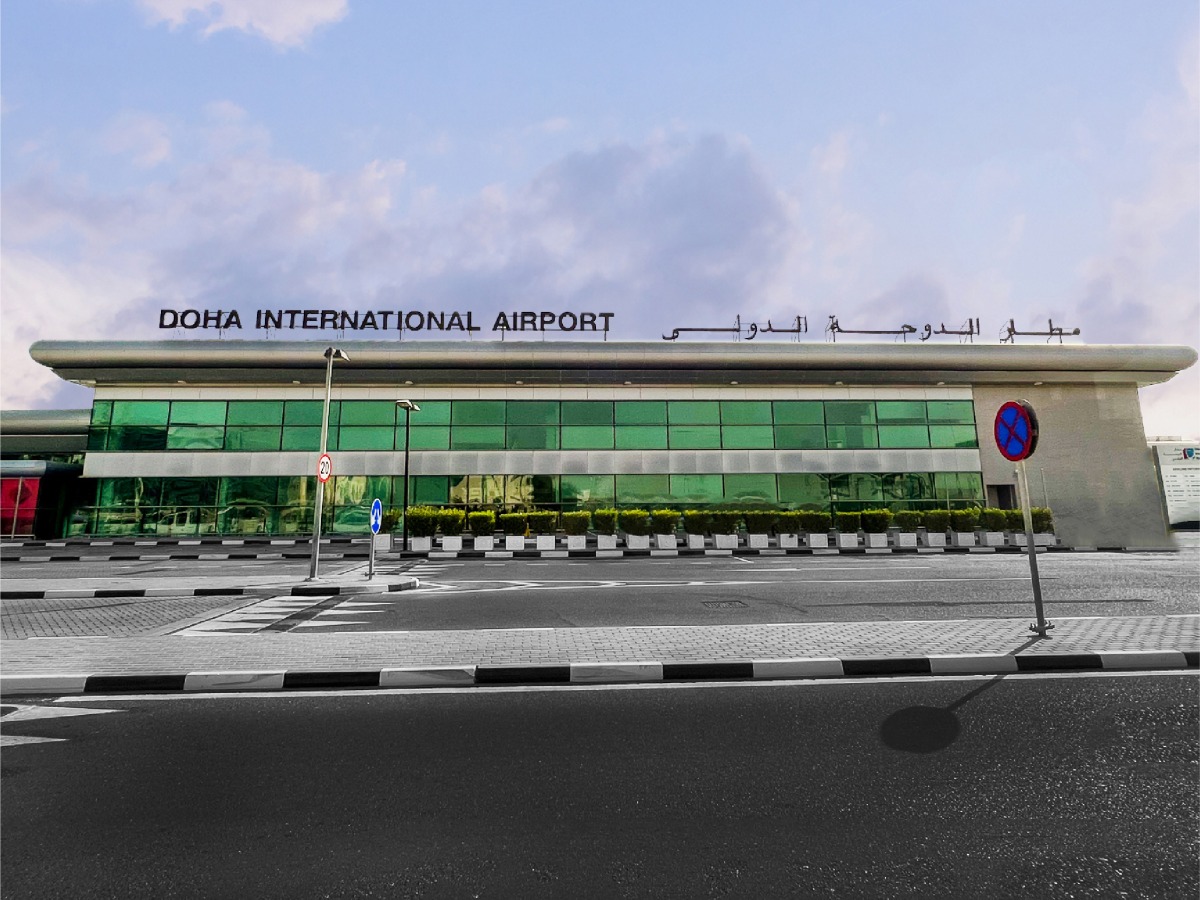
Doha: The measures implemented by Air Navigation Department at Qatar Civil Aviation Authority (QCAA) have ensured a smooth operation amid a number of air traffic movements during the FIFA World Cup Qatar 2022, said an official.
A total of 12,963 air traffic movements were recorded until the end of second week of FIFA World Cup Qatar 2022. The figure was shared by the Ministry of Transport on its Twitter handle yesterday. “Air Navigation Department implemented all necessary measures to provide best air navigation services for mega sporting event,” said Director of Air Navigation Department at QCAA, Ahmed Al Eshaq.
Speaking to Qatar Radio yesterday, he said that the air traffic movement intensified in first week of the World Cup, crossing 7,000 movements.
“The measures in place such as modernisation of air space sector, increment of air paths for arrival and departure flights, advanced devices and well-trained staff helped ensure a smooth operation of air traffic flow, enabling flights to land and take off without any delay from Hamad International Airport and Doha Airport,” said Al Eshaq.
Giving further details about the air traffic movements at two airports, he said that over 7,000 air traffic movements were recorded in the first week of the World Cup. “The air traffic movement is increasing day by day as flights are coming from all over the world, carrying fans of the World Cup.
“The plan for handling air traffic movement is excellent at present, ensuring air traffic flow with highest safety and security standards. We are ready to handle further growth in air traffic movement with the support of most advanced devices called Air Traffic Flow Management,” said Al Eshaq.
He said the airspace of the country at present can handle over 100 flights in an hour, enabling them to land at the two airports.
“The airspace was designed with this capacity for mega sporting event and Qatar National Vision 2030,” said Al Eshaq.
He said air paths for arrival and departure flights have been increased from 13 to 17. “The capacity of the aircraft waiting area in the air also increased from three to nine areas, to ensure the air traffic flow.”
He said the capacity of handling air traffic movement and high traffic flow was enhanced with the support of advanced equiment and well-trained staff.
“Doha Flight Information Region (FIR) has contributed greatly in increasing air traffic flow in the international water of the north part of the country,” said Al Eshaq.
He said that the most advanced devices for air traffic control in the Middle East were installed at the two airports.
“The virtual tower is user friendly and efficient in handling air traffic movement. We recently received two new devices, departure manager and arrival manager, first of its kind in the region,” said Al Eshaq.
